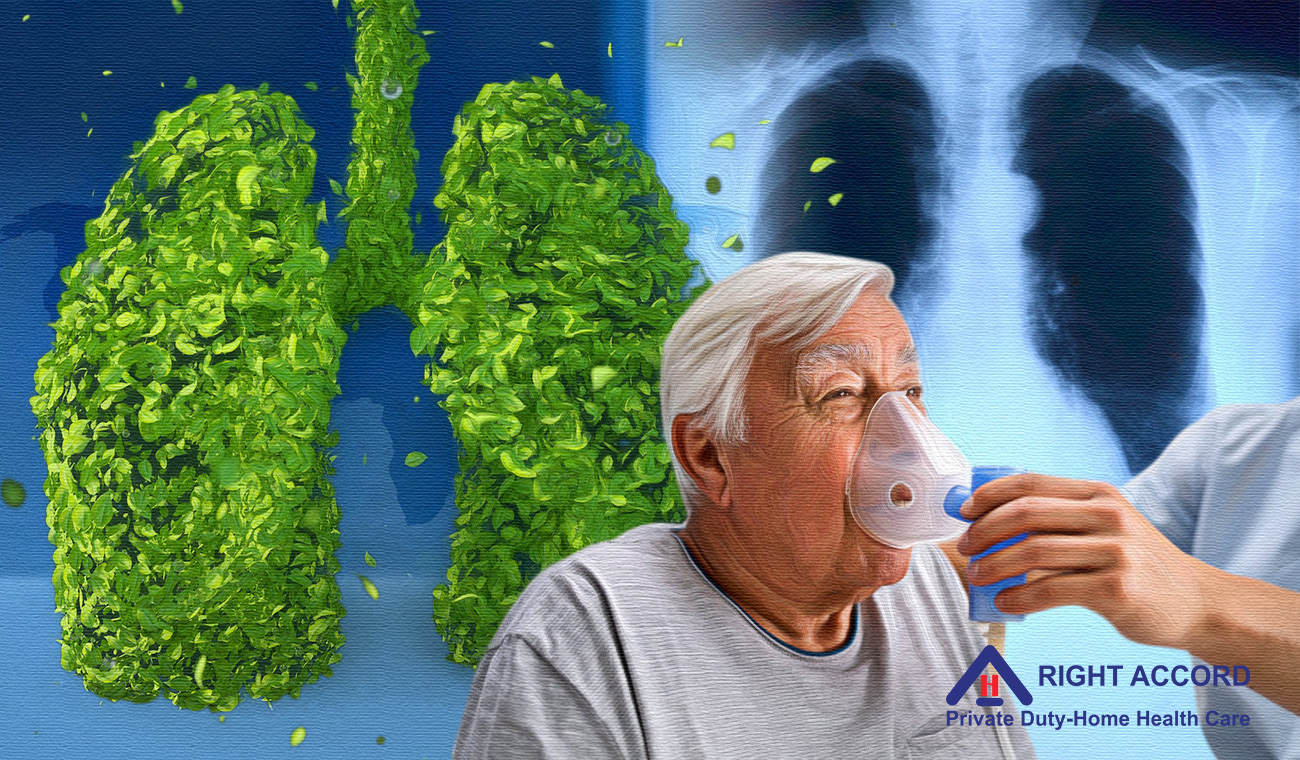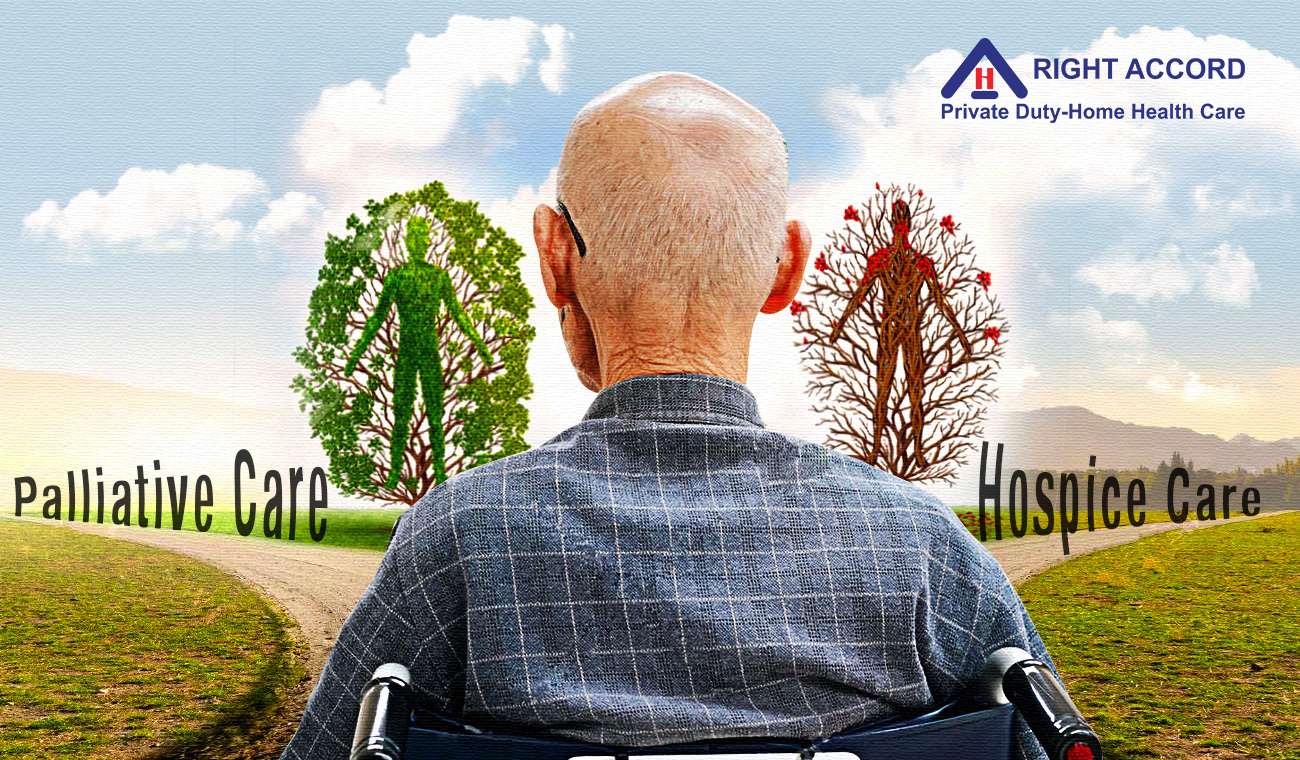· 7 min read
6 Early Signs of Parkinsons Disease — When to See a Doctor?
Parkinson's disease is a progressive neurological disorder affecting the brain. Check out these 6 early symptoms before you decide to seek the help of a doctor.
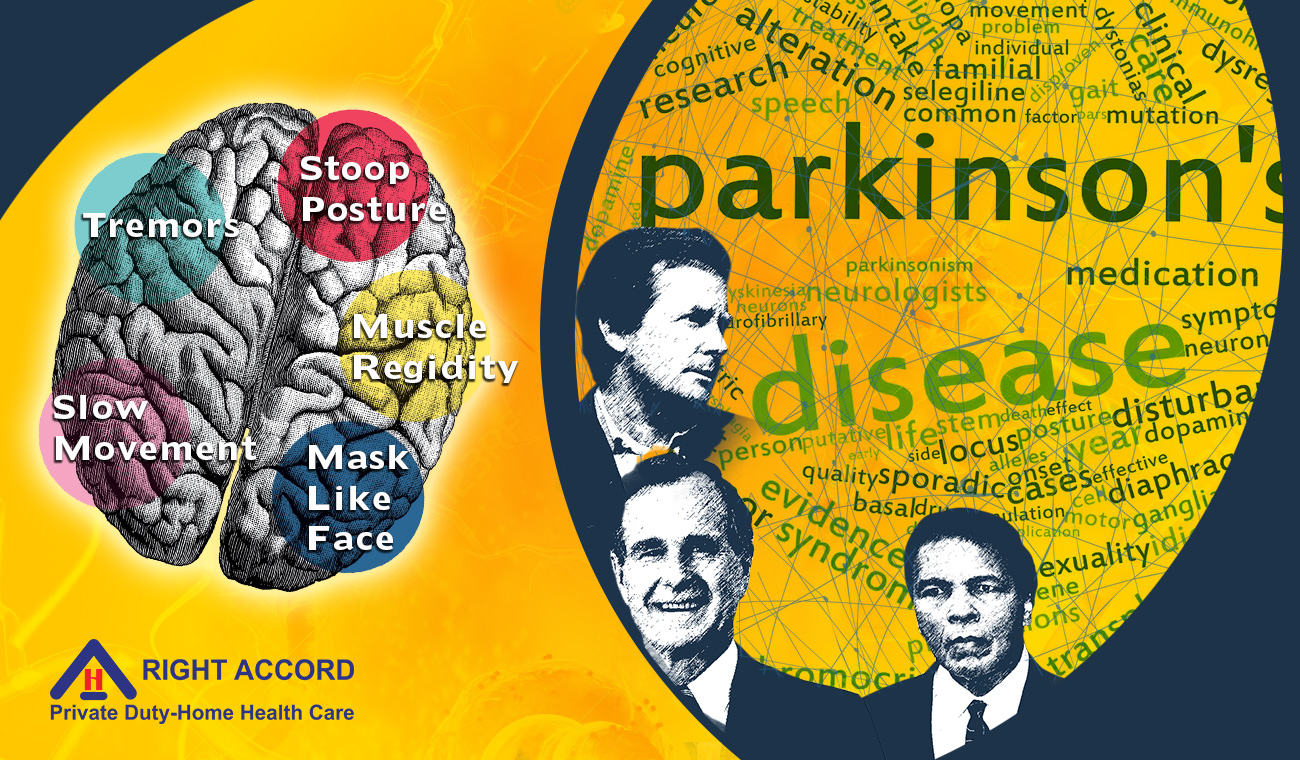
By: Rosemarie Tamunday Casanova — RN, BSN, MHA
Parkinson’s disease is progressive neurological disease which affects the body’s functions in many serious ways, ranging from abnormalities in movement to difficulty with carrying out routine physical and mental activities.
At the onset, the symptoms and signs are mild, with the affected individual being able to carry out their normal day-to-day activities. However, it gets increasingly serious and the person would eventually need help in getting about.
The key to a better prognosis is in finding out early when to seek the services of the doctor early diagnosis and treatment in order to slow the progression of disease and markedly improve the individual’s quality of life.
What is Parkinson’s disease?
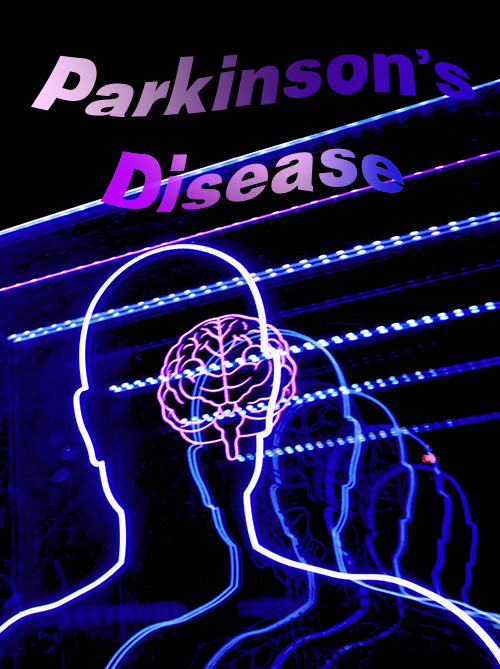
Photo by Bret Kavanaugh on Unsplash
Parkinson’s disease is a progressive neurological disorder affecting the brain. It presents with problems with movement and cognitive function. The disease arises due to low levels of the biochemical substance dopamine in the brain center (the substantial nigra) that is responsible for coordinating body movement.
In the beginning, the cells of this all important part of the brain (substantia nigra) begin to die out and when they are about 80% gone, the symptoms and signs of the disease begin to appear in a persistent pattern.
The individual begins to experience difficulty with movement, tremors, and slow movement. They also experience stiffness of the legs, trunk and arms. There are concerns with balance in addition to memory loss and other neurological symptoms.
If you have been experiencing two or more of these major symptoms, then you should consider seeking a doctor.
What are the symptoms and signs of Parkinson’s?

Photo by Pixabay
The Early Symptoms:
These are seen many years before the major symptoms related to movement appear. They are often mild and do not affect the person’s normal day-to-day activities. They include:
- Constipation
- Change in voice - the voice becomes slurred and less loud and assertive.
- Small or tiny handwriting
- Posture begins to stoop
- Loss of or decreased ability to smell (anosmia)
- Facial expressions that are fixed as a result of changes that occur in the nerves that control the muscles of the face.
If you are experiencing these symptoms, they could be a pointer to the onset of something serious.
The Major Symptoms
These are the motor symptoms, and they appear when the damage to the substantia nigra has reached an advanced stage. Their appearance is definitely a cogent reason to seek help. They include:
- Involuntary tremors or shaking of the body that typically occur at rest: the individual is unable to control limb movement. For example, it might be difficult for them to hold a cup of coffee or a bottle of drink without rocking its contents.
- Slow movement also called bradykinesia: the once active individual begins to get slower and certain activities become cumbersome and difficult.
- Joint stiffness: the limbs become more and more rigid and sporting activities become impaired.
- There is a problem with coordination and balance: the individual might begin experiencing sudden falls and dizziness. For the elderly persons in particular, this calls for more concern as they have a higher prevalence of comorbid conditions such as osteoporosis which already predisposes them to injuries from falls.
The Secondary Symptoms
Other symptoms that may be seen in Parkinson’s disease, commonly referred to as the secondary symptoms, include a blank expression of the face, low speech volume, and parkinsonian gait (shuffling steps). There are also associated symptoms such as skin changes (dermatitis, melanoma), depression and anxiety, sleep problems due to restless leg syndrome, and general weakness.
What exactly causes Parkinson’s disease?
The cause of Parkinson’s disease is not well known yet but there are suggestions it could have many causes ranging from genetic to environmental causes. Also, some scientists have pointed to some viruses as having probable links to the aetiology of the disease.
Low Levels of Dopamine
One of the proposed mechanisms of the disease is low levels of the neurotransmitter Dopamine, arising from the failure of the substantia nigra to produce the biochemical compound in adequate amounts.
Dopamine is responsible for controlling body movement and cognitive function and with a progressive decline in it’s levels, there is a gradual deterioration as the symptoms of the disease worsen.
Low Levels of Norepinephrine
Another proposed mechanism through which Parkinson’s disease develops is low levels of the neurotransmitter norepinephrine from sustained damage to the neurons that produce this chemical compound involved in the circulation of blood to body areas where needed, alongside other useful autonomic functions. In individuals with Parkinson’s disease, the presence of low norepinephrine levels increases their risk of having both motor (movement) and non motor symptoms.
Lewy Bodies
In addition to low levels of important neurotransmitters, some abnormal clumps of protein referred to as Lewy bodies (alpha-synuclein) have been found in the brain of individuals with Parkinson’s disease, although its role in the disease condition is not yet fully known. Nerve cells in the brain are lost as a result of the accumulation of this abnormal protein, leading to mood, behavioural and movement changes.
What are the risk factors of Parkinson’s disease?

Photo by Egor Myznik on Unsplash
A number of risk factors have been discovered to enhance the development of Parkinson’s disease and these include the following:
- Sex: men are more prone to developing Parkinson’s disease compared to women.
- Race: Caucasians are more likely to develop Parkinson’s compared to blacks and Asians.
- Age: the disorder is more common in people who are above 50 years of age.
- Family history: having a family member who has developed the disorder increases an individual’s likelihood of developing the disease as well.
- Head injury: a lot has been said about the story of Mohamed Ali who suffered Parkinson’s disease. Some scientists believe that the repeated head trauma as a result of the numerous headshots he received during his boxing days might have played a part in him developing the disorder.
How is Parkinson’s disease diagnosed?

Photo by Towfiqu Barbhuiya on Unsplash
There are no specific tests for diagnosing Parkinson’s disease. Doctors rely majorly on medical and health history as well as physical and neurological examinations, and a thorough review of the individual’s family history.
Some imaging techniques could help the doctor rule out other possible diseases that may present with similar symptoms and signs. These include CAT scans or MRI scans. There are also dopamine transporter (DAT) scans which may be used.
What treatment options are available when you see the doctor?
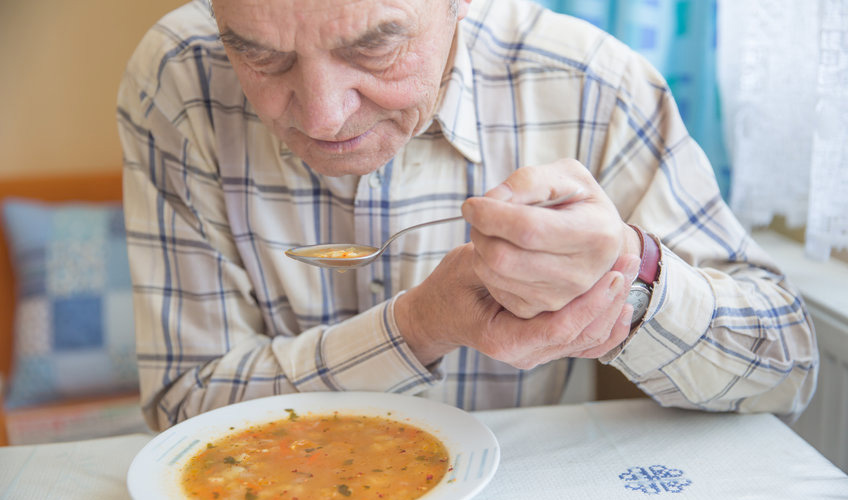
The treatment for Parkinson’s disease involves lifestyle adjustments, pharmaceutical medications and non-pharmaceutical therapies.
Lifestyle Modifications
These include exercise, adequate rest, occupational therapy, physiotherapy, and a well balanced diet. These have been shown to improve general well-being which allows the body to replenish and heal from other disease states that could predispose to Parkinson’s disease.
Therapies
Physical therapies such as gait and balance training, resistance training as well as regular exercise will help improve motor functions and control the involuntary movement of the limbs.
Pharmaceuticals
There are drugs which help to counter the mechanisms of Parkinson’s disease. They include levodopa, carbidopa, bromocriptine, benzotropin, amantadine, tolcapone, selegiline, antidepressants, etc. It should be noted that these are all prescription drugs, and before you take any of them, you will have to see a doctor who will determine the ones best suited to you and of course, the right dosage for you.
Surgical Options
These include deep brain stimulation which involves the use of wires to simulate certain parts of the brain to improve body movement and cognitive function. Recently, certain pumps have been developed which are implanted in the intestines to deliver levodopa and carbidopa consistently into the bloodstream.
This is referred to as Pump-delivered therapy, approved by the FDA in 2015 and holds a lot of promise to reduce the symptoms of the disease and help improved the quality of life of those affected.
